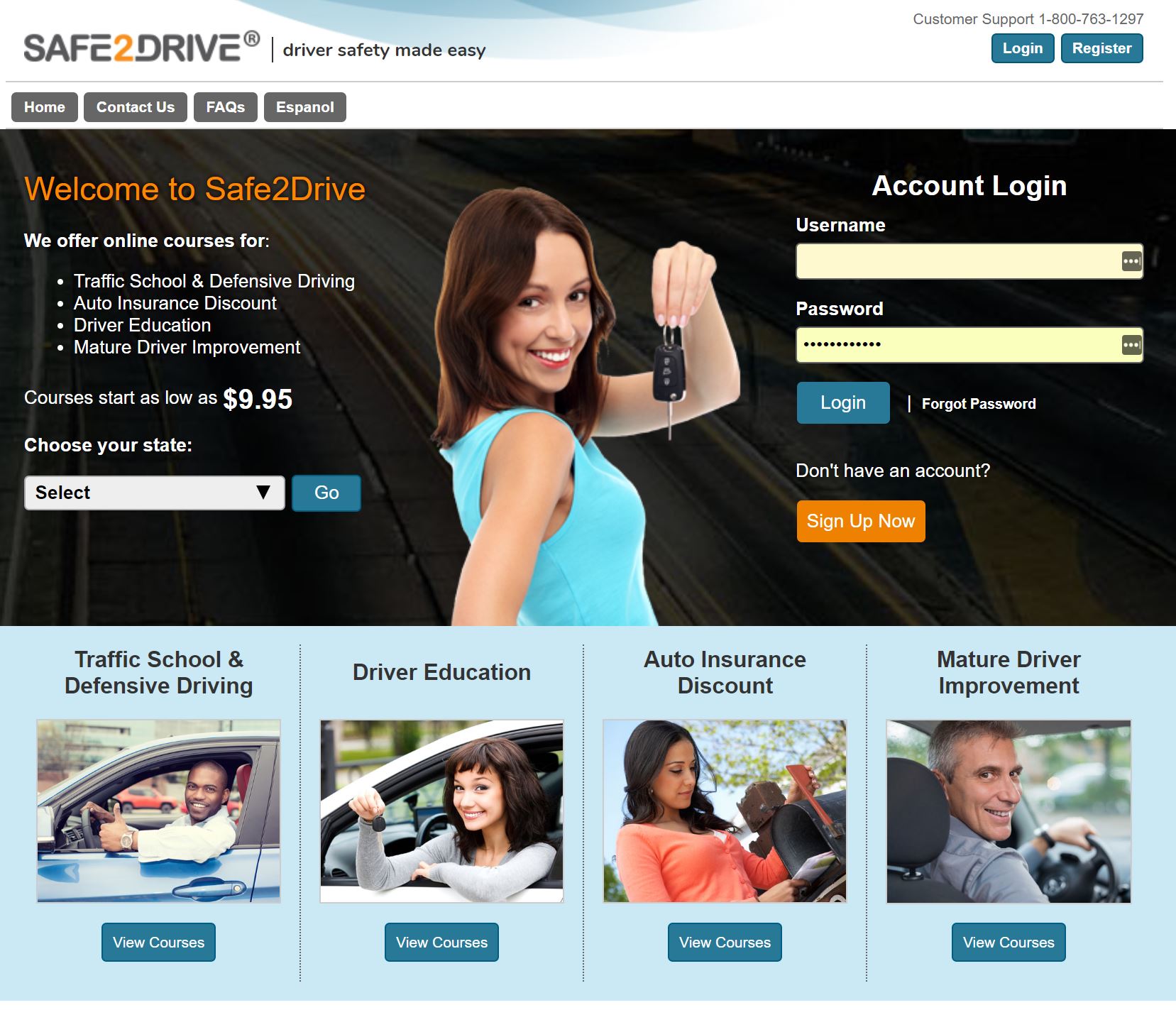
We’ve all experienced it: another driver cuts us off, tailgates too closely, or zips through a red light without a care. In these moments, frustration behind the wheel can build fast. But how we respond makes all the difference. Road rage not only puts your safety at risk, but it also increases the chances of a crash, injury, or worse.
The good news? Staying calm behind the wheel is a skill that can be learned and practiced. Here are some helpful tips to keep cool and prevent road rage—your own or someone else’s.
What Is Road Rage?
Road rage is more than just feeling irritated—it’s when aggressive driving turns emotional and dangerous. It may include yelling, rude gestures, tailgating, swerving, or even attempting to confront another driver.
Common triggers include:
-
Heavy traffic or unexpected delays
-
Being cut off or tailgated
-
Feeling disrespected or “challenged” on the road
Knowing what sets you off is the first step to controlling your response.
Recognize Your Triggers
Everyone has different stress points while driving. Maybe you get tense when someone doesn’t use a turn signal or feel anxious in bumper-to-bumper traffic. Watch for early warning signs like:
-
Clenching the steering wheel
-
Yelling or muttering under your breath
-
Speeding up to “teach someone a lesson”
These are cues that it’s time to take a step back and cool down.
How to Prevent Road Rage
Before You Even Start the Car
-
Plan Ahead: Give yourself ample time to get where you’re going; running late increases stress.
-
Set the Mood: Play calming music, a podcast, or an audiobook. Avoid content that gets you riled up.
-
Check Your Mindset: If you’re angry, upset, or stressed, take a few deep breaths before driving.
While You’re Driving
-
Don’t Take It Personally: Most rude driving isn’t aimed at you—it’s just bad habits or other people having a bad day.
-
Avoid Retaliation: Don’t tailgate, brake-check, or make rude gestures. It only escalates the situation.
-
Keep a Safe Distance: Use the 3-second rule to avoid following too closely.
-
Let It Go: If someone cuts you off, ease off and continue safely. It’s not worth your peace—or your safety.
If You Encounter an Aggressive Driver
-
Do Not Engage: Avoid eye contact, don’t respond to aggression, and never exit your vehicle.
-
Give Them Space: Let them go ahead or change lanes if needed.
-
Stay Calm and Report If Necessary: If someone’s driving is reckless or threatening, pull over safely and report it.
Staying Calm Long-Term
Here are a few ways to become a more relaxed, confident driver over time:
-
Practice Deep Breathing or Mindfulness: Even a few slow breaths can reset your nervous system.
-
Take a Defensive Driving Course: Refreshing your driving knowledge can make you feel more in control and reduce stress.
-
Avoid Peak Stress Times: Use navigation apps to avoid high-traffic routes or when you are anxious.
-
Reflect on Past Experiences: Think about how you’ve handled past incidents and how you might improve.
Know When to Pull Over
Sometimes, you need a break. Signs that it’s time to stop and reset include:
-
Rapid heartbeat
-
Shaky hands
-
Racing thoughts or trouble focusing
Find a safe place to pull over, stretch, breathe, or quickly call someone supportive. Taking a short break can help you return to the road with a clearer head.
Staying calm while driving isn’t just good for your health—it’s essential for your safety and those around you. Road rage can turn a standard drive into a dangerous situation. But with a few simple habits and a shift in mindset, you can stay calm and confident behind the wheel.
Want to sharpen your driving skills and reduce your insurance rates? Enroll in our Defensive Driving Course today—it’s quick, convenient, and a smart way to stay safe.


Recent Comments